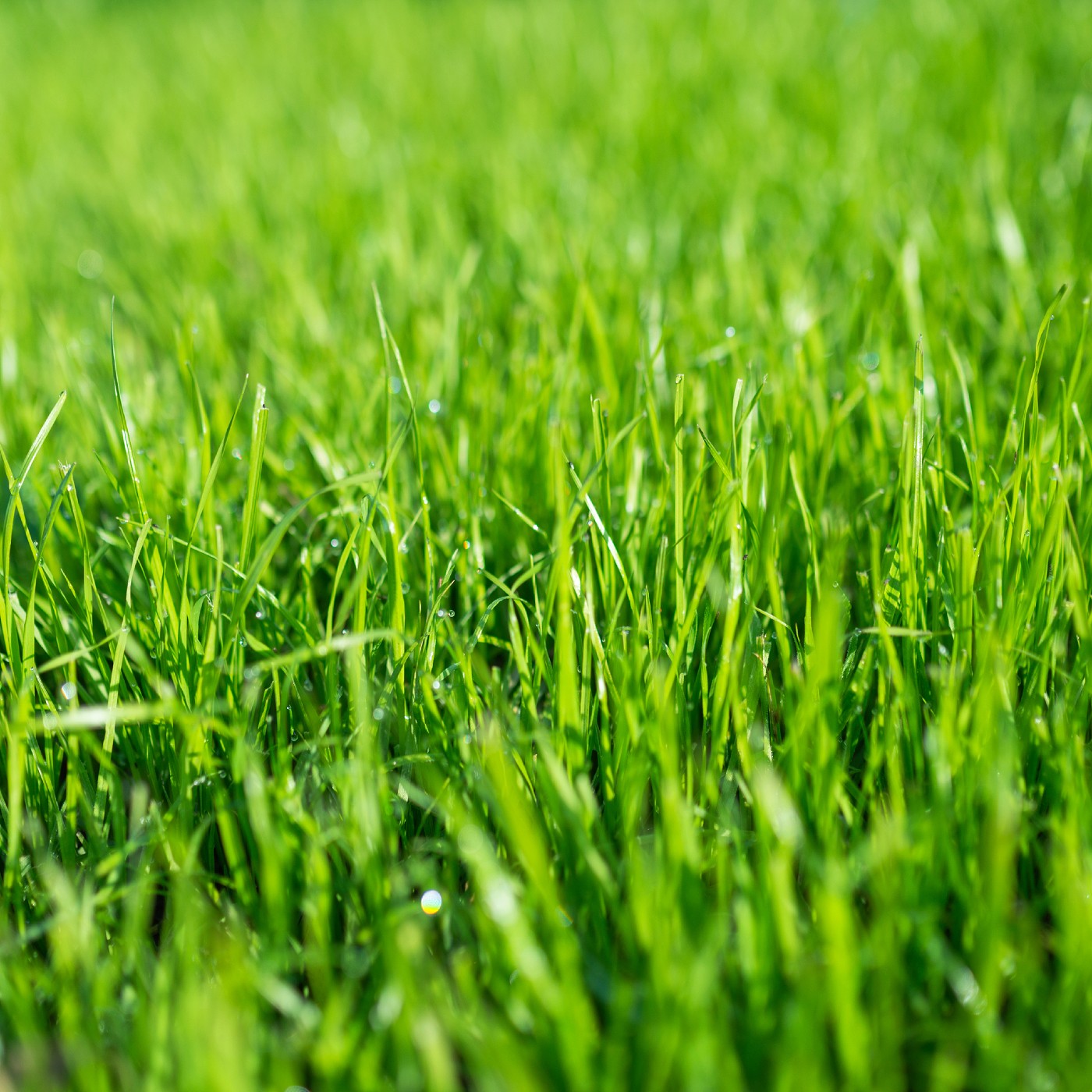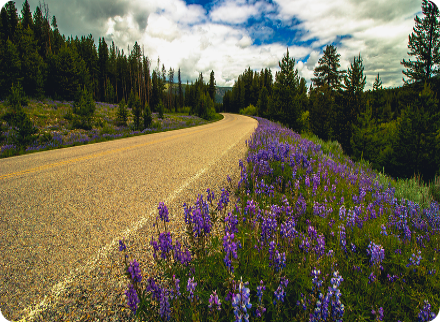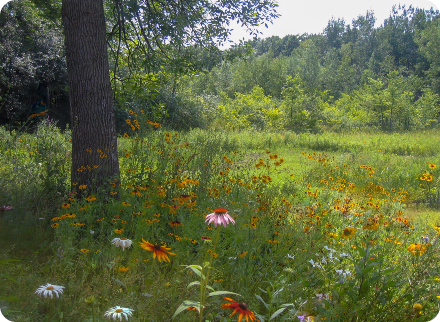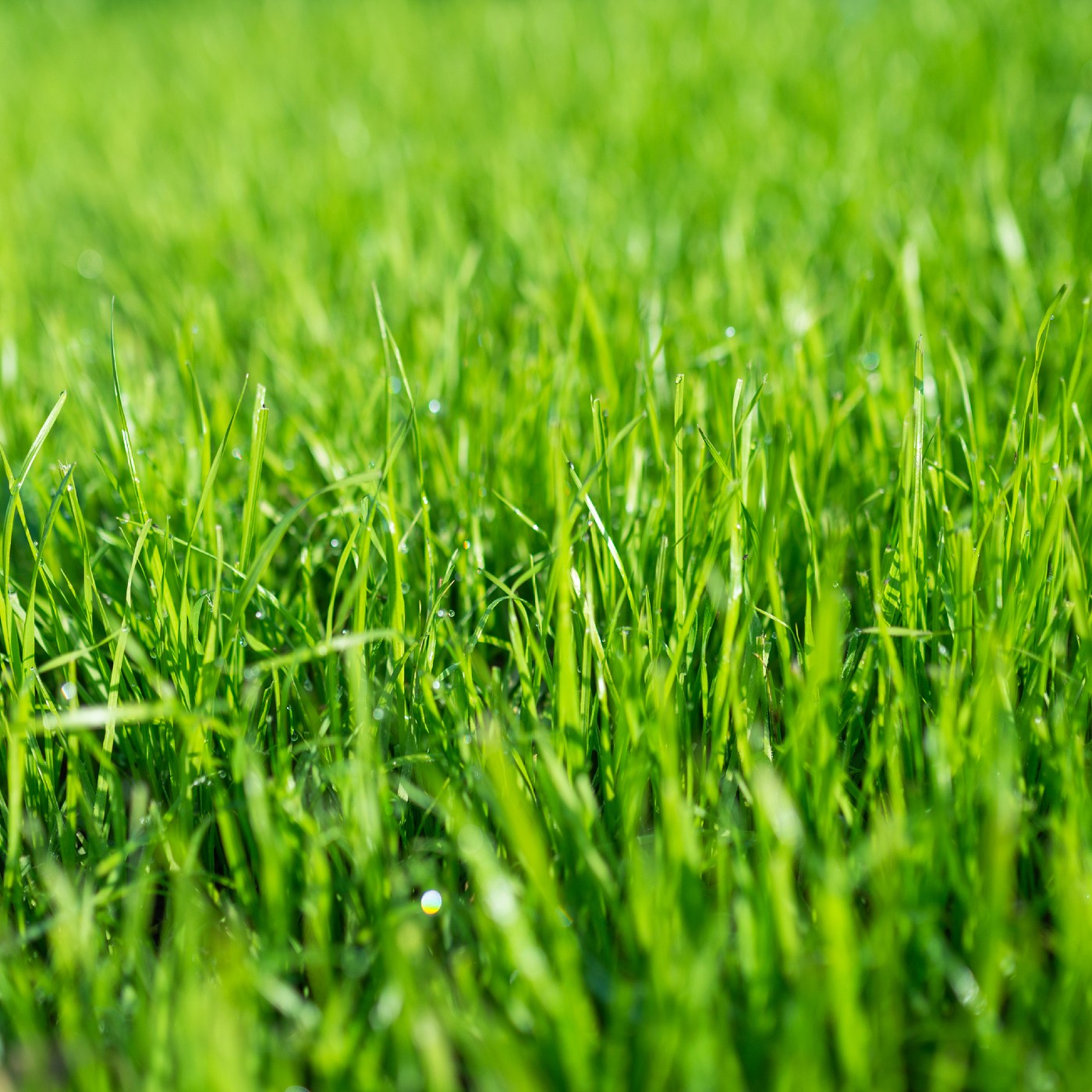1
/
of
1
Annual Ryegrass Seeds (Lolium multiflorum)
Annual Ryegrass Seeds (Lolium multiflorum)
 Yes!
This Item is Available
Yes!
This Item is Available
 Sorry!
This Item is not Available
Sorry!
This Item is not Available
Price:
$19.95
Price:
Sale price
$19.95
Unit price
/
per
Couldn't load pickup availability

Annual Ryegrass - Lolium multiflorum - A short-lived, cool season bunch grass which is used in providing quick protection against soil, wind, and water erosion; used as a companion or cover crop where erosion is an immediate concern. It frequently re-seeds itself in disturbed areas. It is fast and easy to grow.
Light Requirement: Sun to Partial Shade
Seeding Rate: 15-20 lbs. per acre or 1 lb. per 1000 sq. ft. for small plantings
Grasses are used for conservation,erosion control,creating natural areas and for wildlife habitats. Planting native grasses has become increasingly popular over the last few years as they have low environmental impact. You can also use some grasses like rye as a green manure' over the winter months to repair or rectify your soil. Farmers have done this for years. Preparation: Prepare the area where you would like to plant native grass seed as you would for a wildflower seed mix. Remove all existing growth,either by hand,roto-tilling,rough or power raking. Till only deep enough to remove all old roots. Deep tilling may bring up dormant weed seeds lying beneath which will compete with your flowers. If you want to be sure your soil is weed seed free",you'll have to till,wait for the crop of new weeds to grow,usually one to three weeks and till again as in step one before reseeding to have the best shot at eradicating them. If using the roto-till method,you can seed after the second or third tilling. Sowing: Once your soil is prepared and free of previous growth,it's important to sow immediately. (If you let time go by between preparation and spreading your seed,you're giving possible weeds an advantage over the new seed you wish to sow. You can use a hand crank seed sower,but most simply scatter the seed by hand. Put your grass seed into two buckets; add in any wildflower seed and some sand. Usually 4 parts sand to 1 part seed. The sand does two things: It dilutes" the seed,making it easier to sow evenly,and since it's light-colored,it shows you where you've been" on the dark soil as you go. Next,sow one bucket's mix over your whole area. Then go back in the opposite direction and do the same with the second bucket. This way,you should have even spreading and no bare spots. Once seed is sown,be sure you have a good seed to soil contact. If you can,use a lawn roller or lay down a large board and walk on it to compress (squash down) the seed into the bare soil. If strictly sowing a grass mixture or an individual grass species,you can lightly rake in or cover your grass seed lightly. Watering: Keep your new area watered for the first month or two and then it should be self-sufficient unless you are having a drought.
What in the World is Green Manure' or Cover Crops' and Why Should I Care?
Green manure crops may include legumes such as cowpeas,soybeans,annual sweet clover,vetch,etc. as well as non-leguminous crops such as sudangrass,millet,sorghum,and buckwheat. Legumes are often used as green manure crops for their nitrogen fixing abilities,while non-leguminous crops are used primarily for weed suppression and addition of biomass to the soil. Green manures usually perform multiple functions that include soil improvement and soil protection: Incorporation of cover crops into the soil is immediately followed by an increase in abundance of soil microorganisms that aid in the decomposition of this fresh material. The degradation of plant material allows the nutrients held within the green manure to be released and made available to the succeeding crop. This additional decomposition also allows for the re-incorporation of nutrients that are found in the soil in a particular form such as nitrogen,potassium ,phosphorus ,calcium ,magnesium ,and sulfur. Microbial activity in the soil also leads to the formation of mycelium and viscous materials which benefit the health of the soil by increasing its soil structure (i.e. by aggregation). Soil that is well- aggregated has increased aeration and water infiltration rates,and is more easily turned or tilled than non- aggregated soil. Further aeration of the soil results from the ability of the root systems of many green manure crops to efficiently penetrate compact soils. The amount of humus found in the soil also increases with higher rates of decomposition,which is beneficial for the growth of the crop succeeding the green manure crop. Green manure crops are also useful for weed control,erosion prevention,and reduction of insect pests and diseases. The deep rooting properties of many green manure crops make them efficient at suppressing weed. Green manure crops often provide habitat for many native pollinators as well as predatory beneficial insects,which allow for a reduction in the input of insecticides where cover crops are planted. Some green manures are also successful at suppressing plant diseases. Incorporation of green manures into a farming system can drastically reduce,if not eliminate,the need for additional products such as supplemental fertilizers and pesticides. Organic farming also relies on soil health and cycling of nutrients through the soil using natural processes. Green manures perform the vital function of fertilization,in concert with the addition of animal manures if those are used. Green manure also brings other organic advantages with it depending upon the plant type used. Buckwheat,for example,prevents the spread of weeds,and Winter wheat and Winter rye can also be used for grazing.Planting a Cover Crop or Green Manure' Crop?
When Do I Plant? Plant in Spring - Fall How Do I Plant? Same as the instructions above. What is the Next Step? Some of your cover crops may slow their growth in cold temps but will re-start again in early spring. In mid-late spring,mow down your cover crops before they go to seed and then rototill them into the soil in preparation for new garden areas. You will need to wait about 3-5 weeks after tilling before you plant anything new in this area. As most cover crops or green manures' add beneficial nutrients to the soil,this allows the nutrients added to be released into the soil and some of them like rye which keep down other seeds (like weeds) from germinating will no longer be present in the soil after a few weeks. After you wait this time amount,go ahead and plant your new areas according to the proper instructions for what you are planting.
CUSTOM MIXES
We offer CUSTOM Seed Mixes for All Your Projects!
Best Pricing & Advice for Commercial projects
We've got you COVERED for Landscape
Management, Conservation & More!





